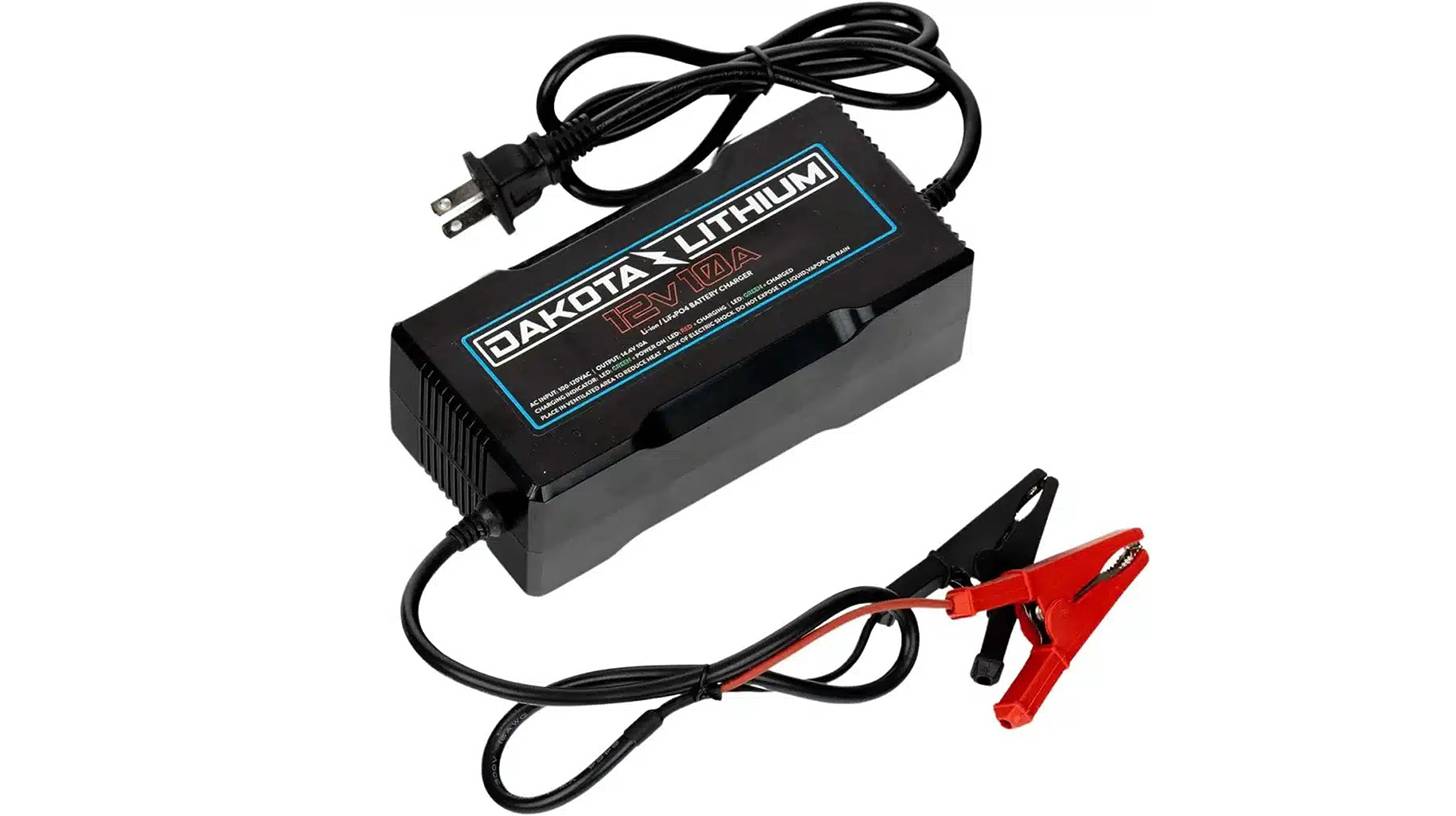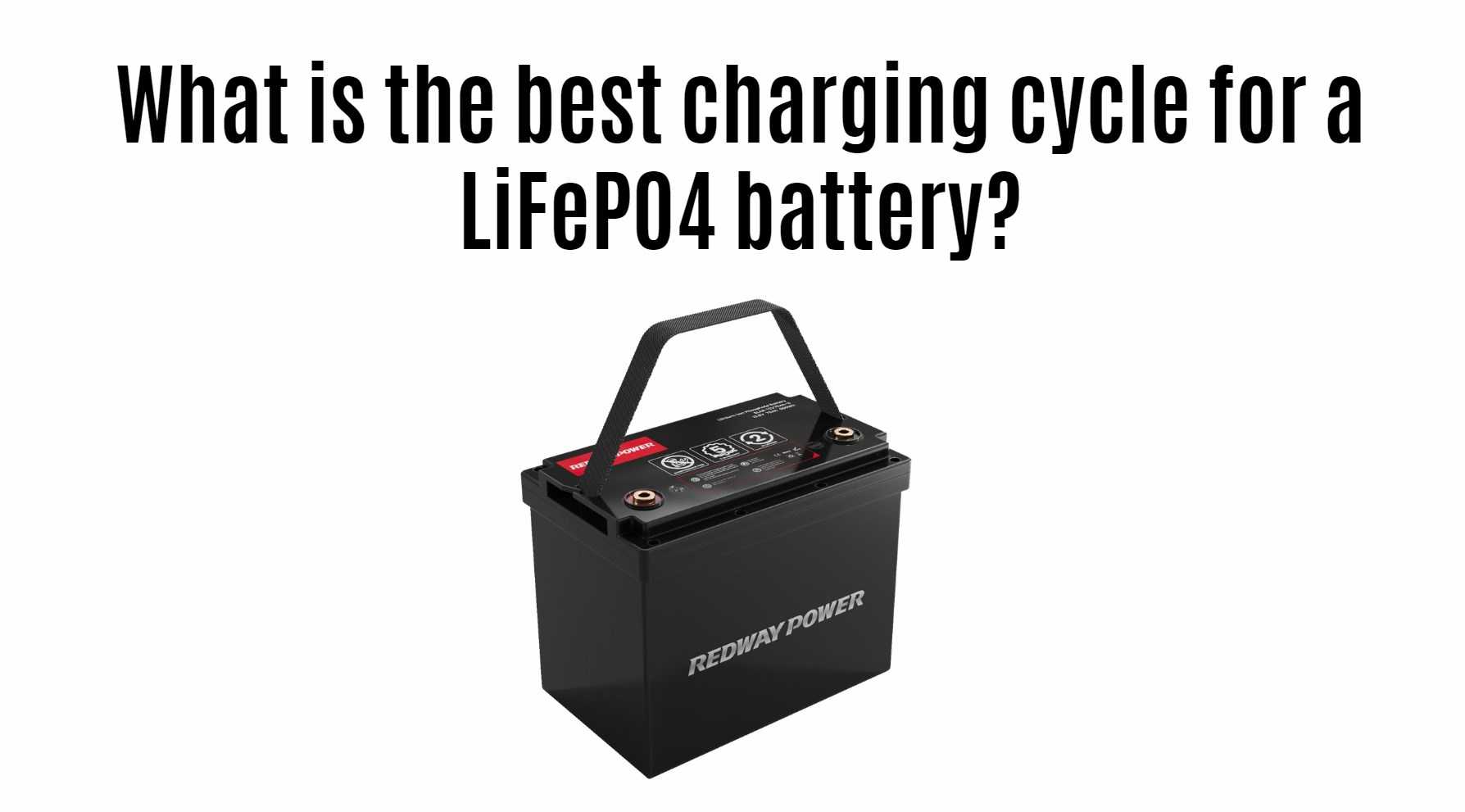Charging a Lithium Iron Phosphate (LiFePO4) battery correctly is crucial for maximizing its lifespan, performance, and safety. As one of the most stable and safe lithium-ion battery chemistries, LiFePO4 batteries require specific charging practices to ensure optimal operation. In this article, we will delve into the best methods for charging LiFePO4 batteries, the equipment needed, and best practices to follow.
Understanding LiFePO4 Battery Characteristics
LiFePO4 batteries are known for their unique characteristics:
- Safety: They have a lower risk of thermal runaway compared to other lithium-ion chemistries.
- Long Cycle Life: Typically lasting between 3,000 to 5,000 cycles, they are ideal for applications requiring longevity.
- Stable Voltage: LiFePO4 batteries maintain a stable voltage throughout their discharge cycle, which makes them reliable for various applications.
Best Practices for Charging LiFePO4 Batteries
1. Use a Dedicated LiFePO4 Charger
To ensure safe and efficient charging, always use a charger specifically designed for LiFePO4 batteries. These chargers are programmed to deliver the correct voltage and current levels:
-
Charging Voltage: The maximum charging voltage for LiFePO4 cells is typically around 3.6 to 3.65 volts per cell. For a standard 12V battery (which usually consists of four cells in series), this means a maximum charging voltage of approximately 14.6 volts.
-
Charging Current: The recommended charging current is generally around 0.5C to 1C, where “C” represents the capacity of the battery in amp-hours (Ah). For example, if you have a 100Ah battery, the charging current should be between 50A and 100A.
2. Follow the Correct Charging Profile
LiFePO4 batteries benefit from a specific charging profile that includes several stages:
-
Bulk Charge Stage: During this initial stage, the charger applies maximum current until the battery reaches approximately 80% state of charge (SoC).
-
Absorption Stage: Once the battery reaches about 80% SoC, the charger reduces the current while maintaining the voltage until it reaches full charge (100% SoC).
-
Float Stage: After reaching full charge, some chargers may enter a float stage where they maintain a lower voltage to keep the battery topped off without overcharging.
3. Monitor Temperature During Charging
Temperature plays a critical role in battery performance and safety:
- Optimal Temperature Range: Charge your LiFePO4 battery within an ambient temperature range of 15°C to 25°C (59°F to 77°F). Charging at extreme temperatures can lead to reduced efficiency or damage.
- Thermal Management Systems: If your application involves high discharge rates or extreme environments, consider using thermal management systems to keep the battery within safe operating temperatures.
Charging Equipment and Accessories
To effectively charge your LiFePO4 batteries, consider investing in quality equipment:
1. Smart Battery Charger
A smart charger equipped with features such as automatic shut-off and temperature compensation can enhance safety and efficiency during charging.
2. Battery Management System (BMS)
Integrating a BMS with your LiFePO4 battery setup provides real-time monitoring and management of voltage, current, and temperature:
- Cell Balancing: A BMS helps balance individual cell voltages within the battery pack during charging.
- Protection Features: It offers protection against overcharging, over-discharging, and short circuits.
Common Mistakes to Avoid When Charging LiFePO4 Batteries
To maximize performance and lifespan, avoid these common mistakes:
1. Overcharging
Overcharging can lead to overheating and damage. Always monitor voltage levels during charging and use chargers designed specifically for LiFePO4 chemistry.
2. Using Incompatible Chargers
Using chargers not designed for lithium batteries can result in improper voltage levels being applied, which can damage the battery.
3. Ignoring Temperature Conditions
Charging in extreme temperatures can negatively affect performance and safety. Always ensure that your charging environment is within recommended temperature ranges.
Data Chart: Charging Characteristics of LiFePO4 Batteries
| Parameter | Recommended Value |
|---|---|
| Maximum Charging Voltage | 14.6 V (for 12V systems) |
| Recommended Charging Current | 0.5C – 1C |
| Optimal Charging Temperature | 15°C – 25°C (59°F – 77°F) |
| Cycle Life | 3,000 – 5,000 cycles |
FAQs About Charging LiFePO4 Batteries
Can I charge my LiFePO4 battery with a regular lead-acid charger?
No, using a lead-acid charger can lead to overcharging or insufficient charging as these chargers apply different voltage profiles not suitable for lithium batteries.
How long does it take to charge a LiFePO4 battery?
Charging time varies based on capacity and state of charge but typically ranges from several hours to overnight when using an appropriate charger.
What should I do if my battery overheats during charging?
If your battery overheats during charging, immediately disconnect it from the charger and allow it to cool down before inspecting for potential damage.
Latest News on Lithium Battery Technology
Recent advancements in lithium battery technology focus on enhancing efficiency and sustainability:
- New developments in fast-charging technologies are being researched that could significantly reduce charging times while maintaining safety standards.
- Innovations in recycling processes aim to recover valuable materials from used lithium batteries, contributing to environmental sustainability efforts.
Conclusion
In conclusion, charging your Lithium Iron Phosphate (LiFePO4) battery correctly is vital for ensuring safety, efficiency, and longevity. By using dedicated chargers designed for LiFePO4 chemistry and following proper charging protocols, you can maximize your battery’s performance while minimizing risks. Regular monitoring of temperature and voltage will further enhance reliability in various applications.For customized lithium solutions tailored specifically to your needs—whether for automotive applications or renewable energy systems—contact Redway Battery today for a quick quote!




